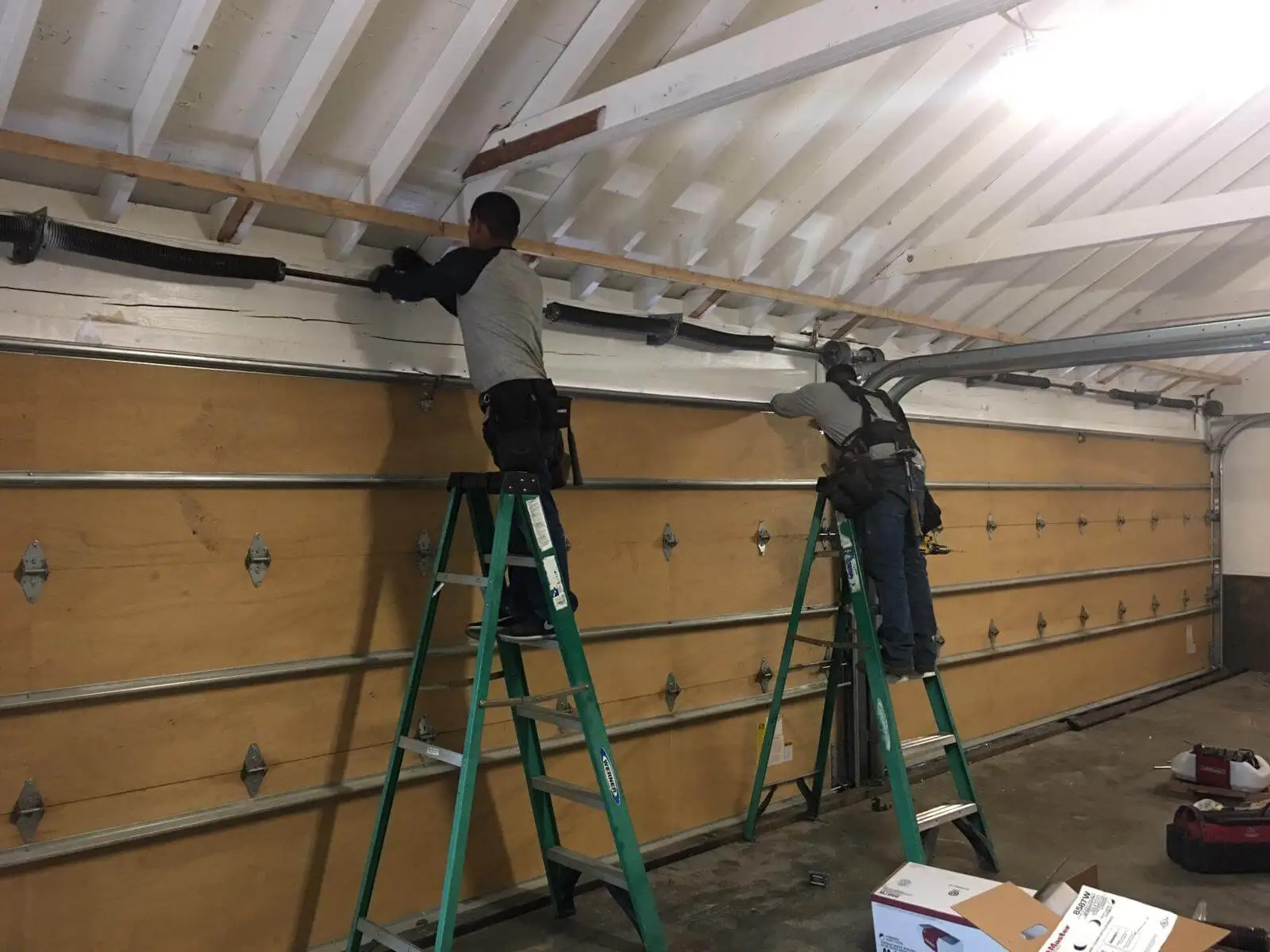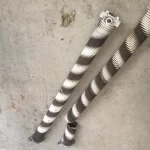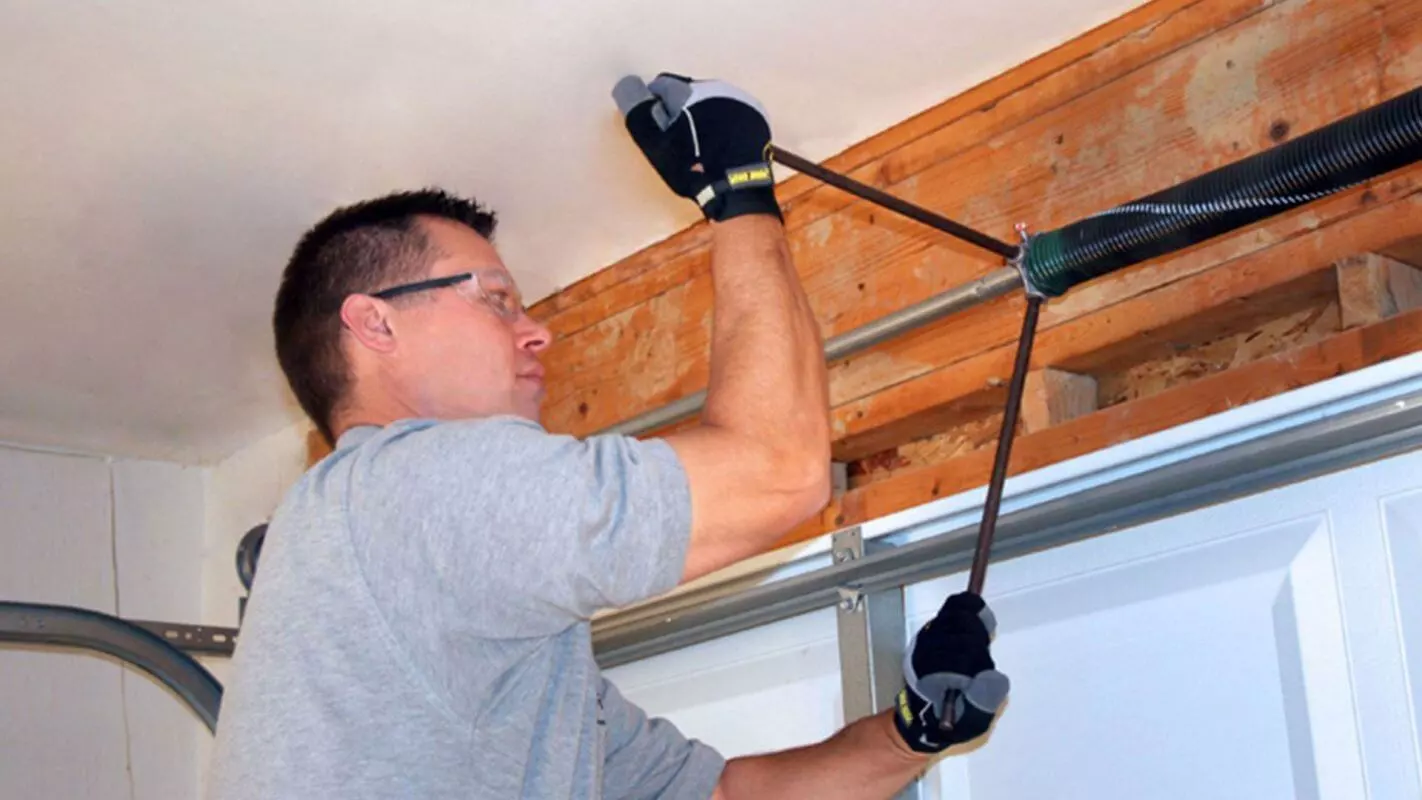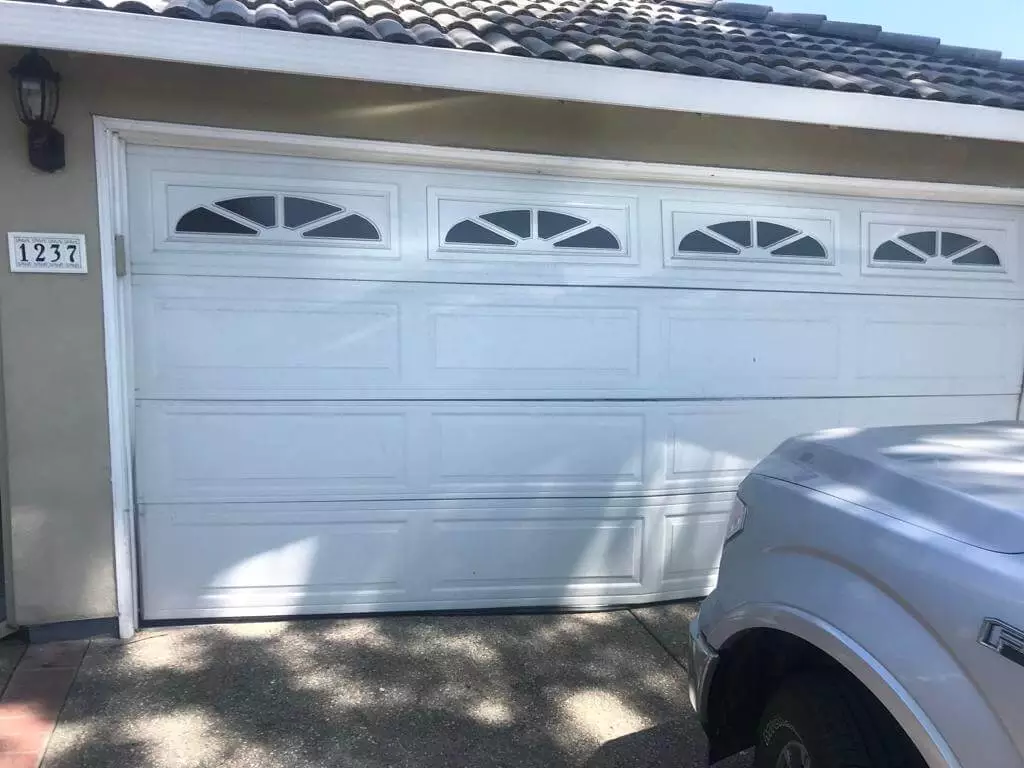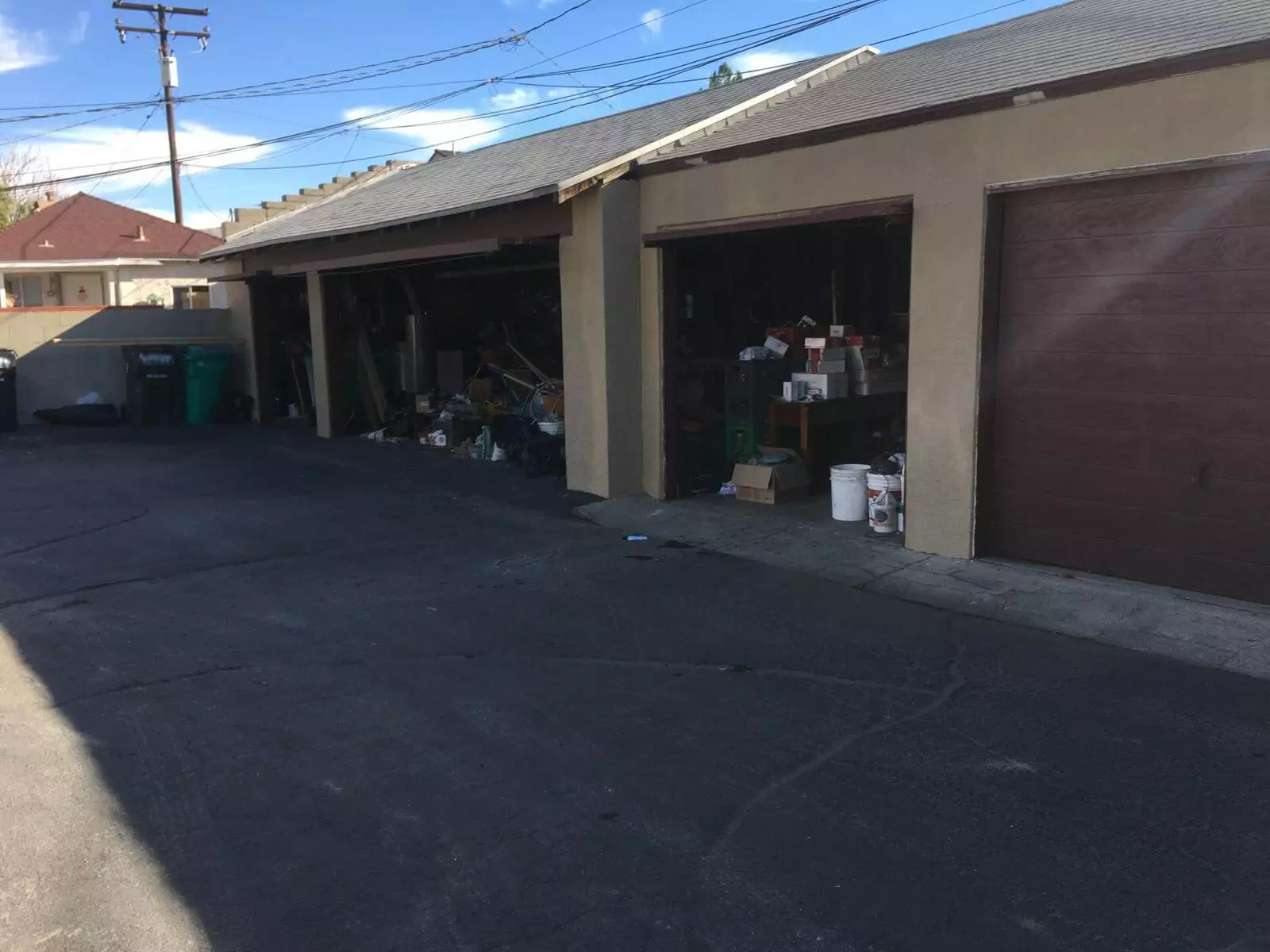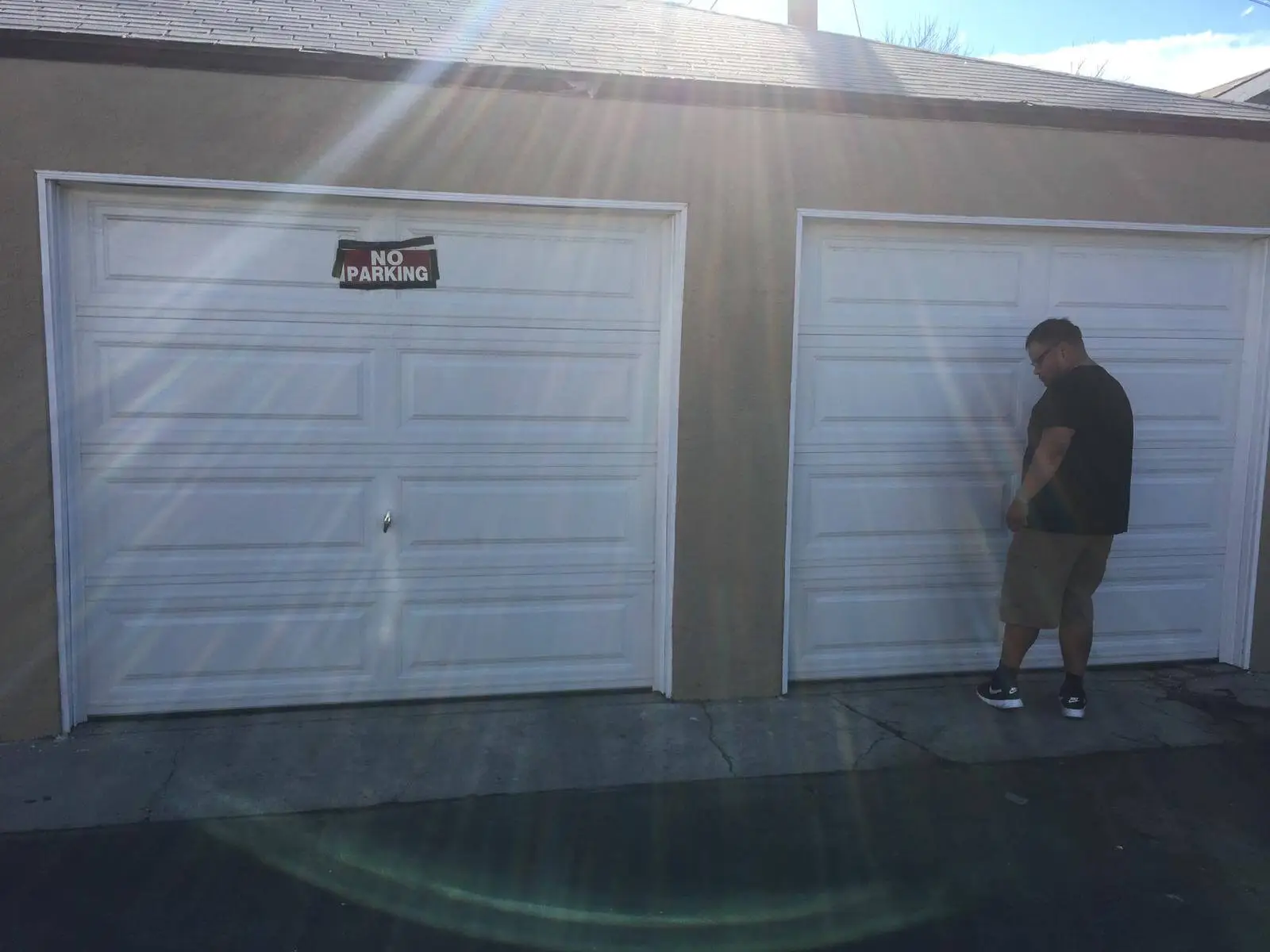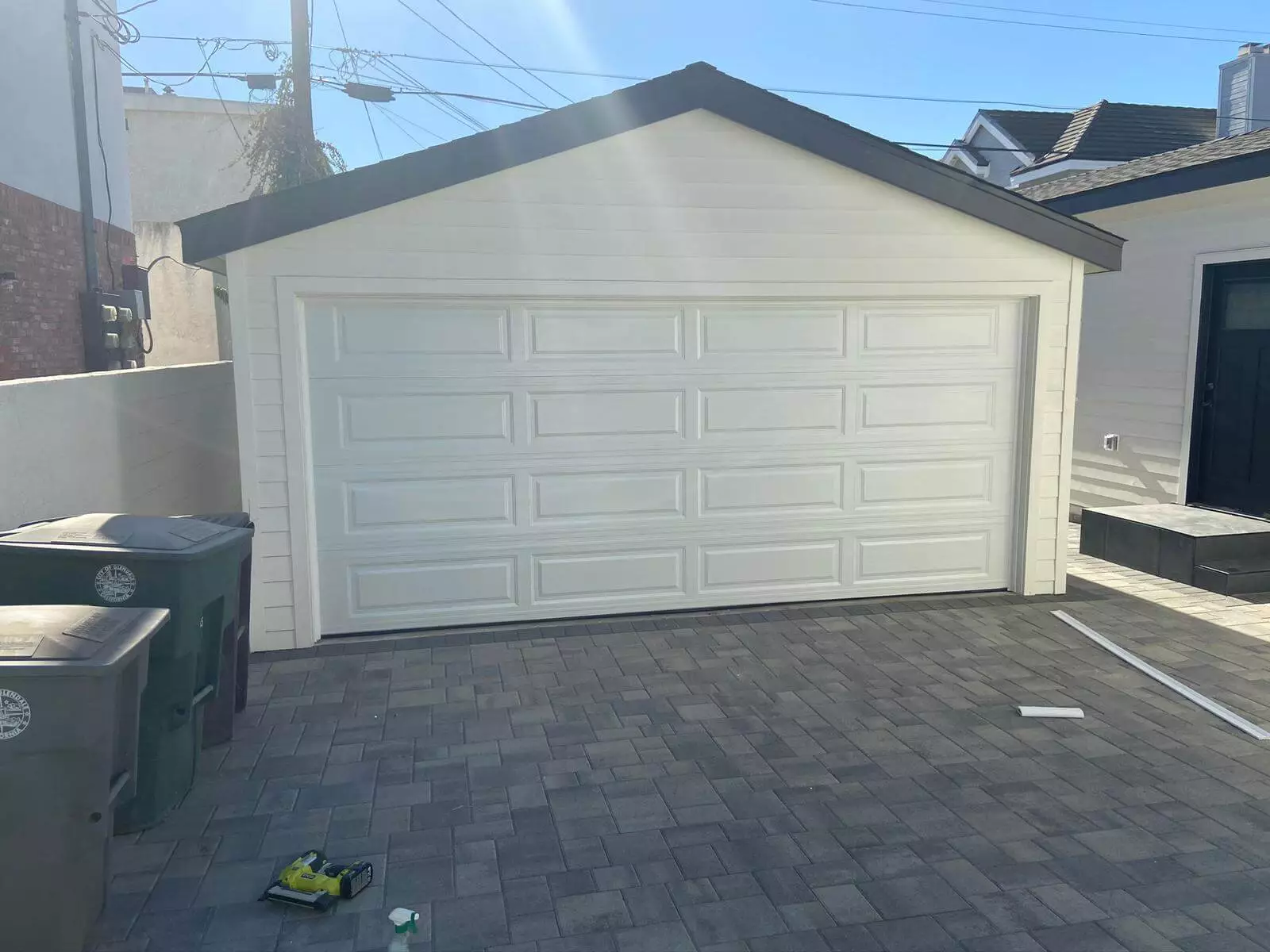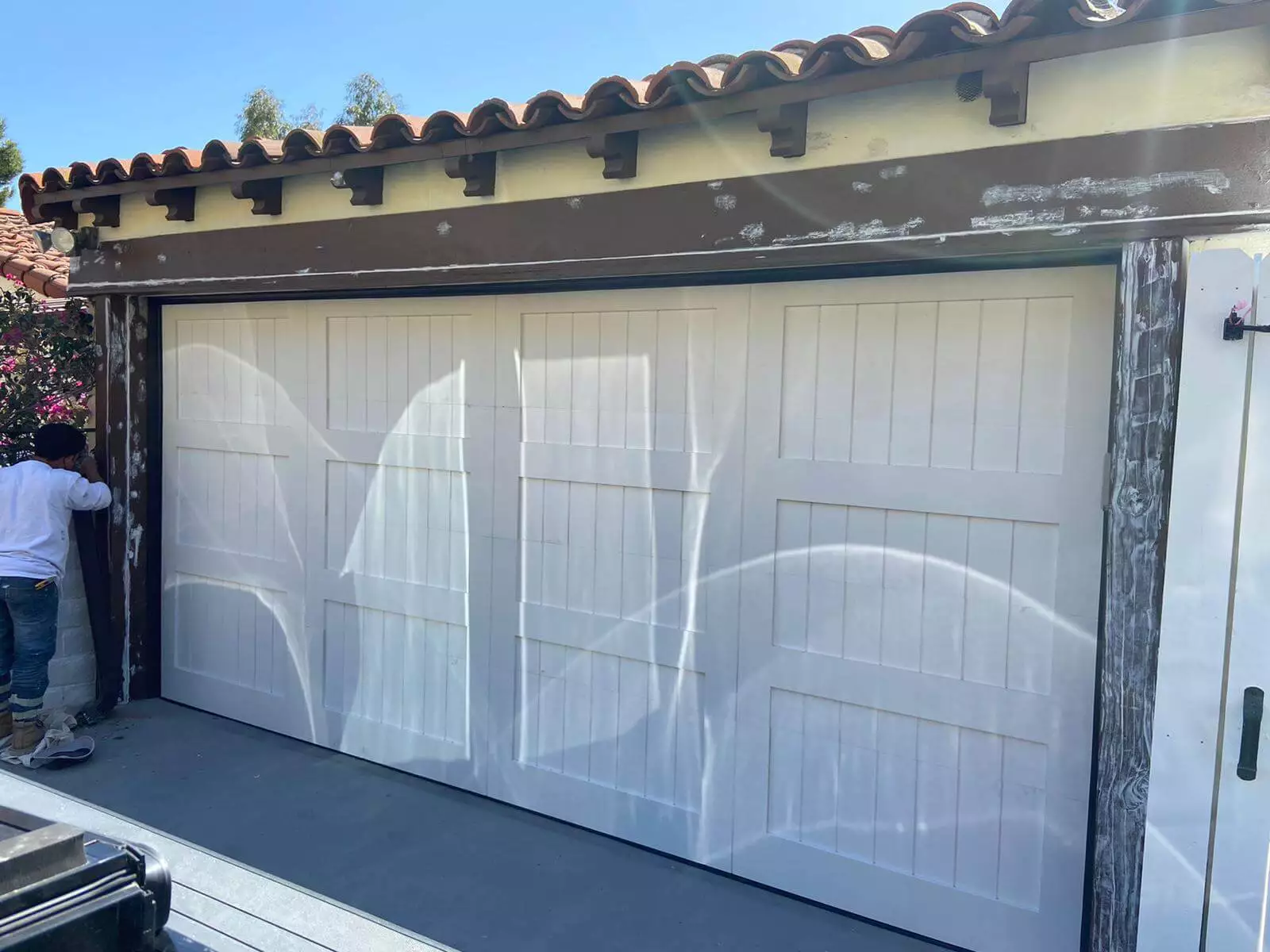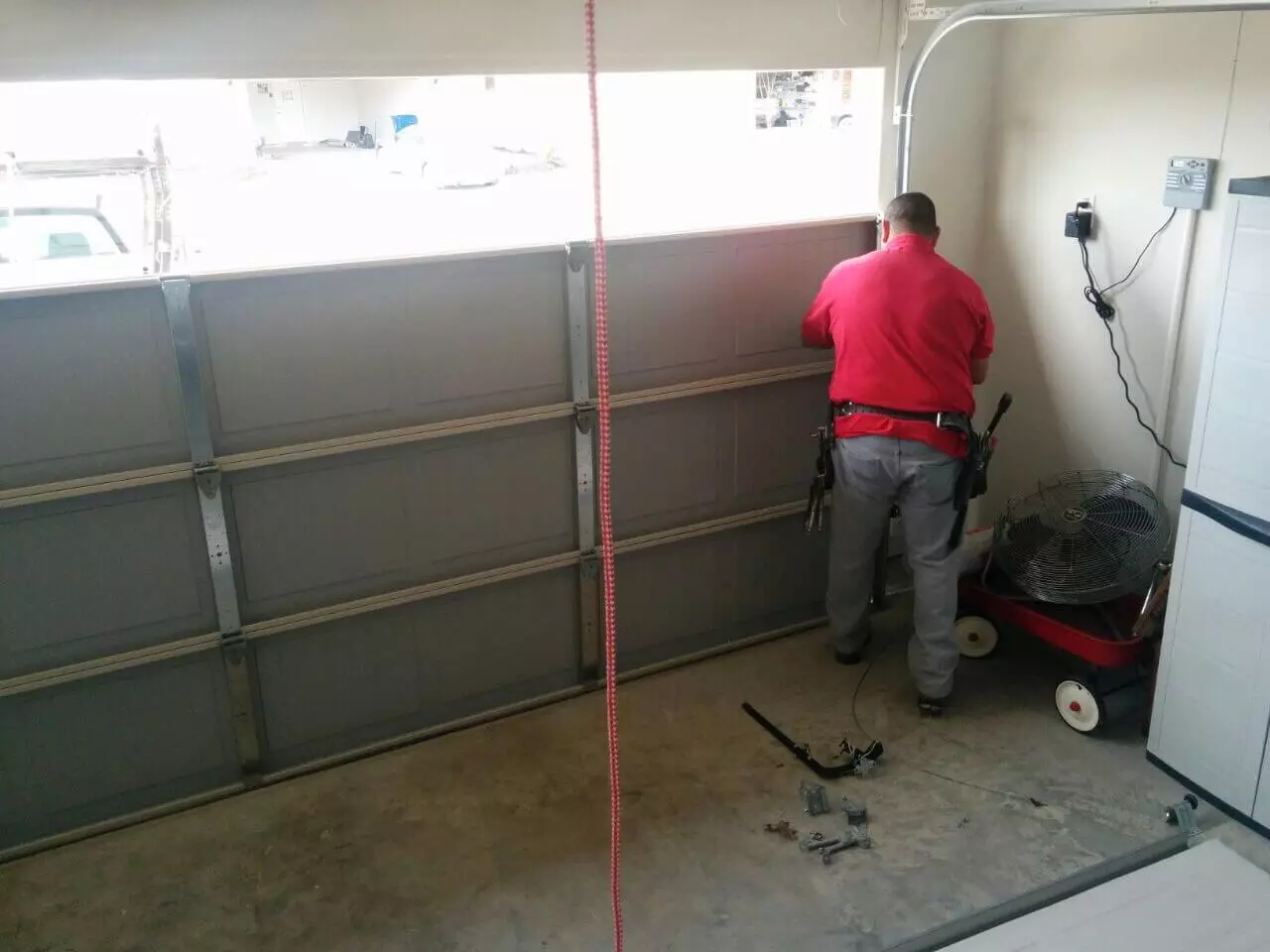Whether you’re performing your own garage door spring repairs or hiring a professional like Garage Door Spring Repair in Chester, it’s important to understand the different types of springs used in garage doors. Proper identification will help ensure you get the right replacement parts and complete the job safely and effectively. Let’s take a look at the two most common spring types.
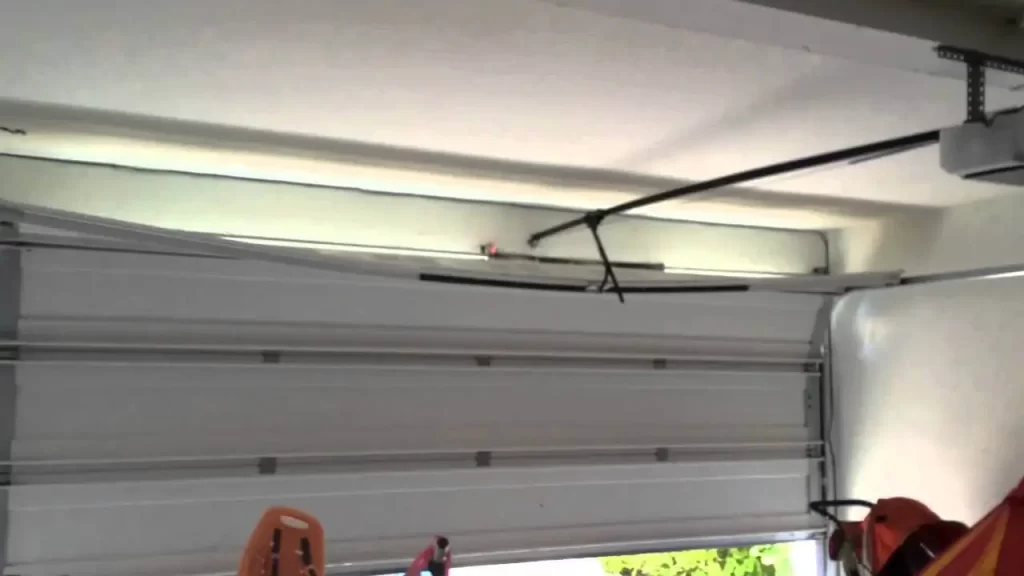
Content
Extension Springs
Extension springs, also called side mounted springs, are the most prevalent type. You’ll find one mounted on each side of the garage door, running parallel to the ceiling. These thin, coiled springs stretch out horizontally when the door is open and retract as it closes. The tension they provide lifts the heavy door panel.
To identify an extension spring, look for a coil with thin wire or tape wrapped around it. One end is attached to the garage wall while the other connects to a bracket on the door track. When fully extended they stretch almost to the horizontal limit and have a small retaining clip or coiled spring to hold tension on the winding shaft.
Torsion Springs
Torsion springs can be more tricky to work with since they are hidden above the closed door where it meets the ceiling. As the name implies, these fatter coiled springs provide lifting power through a twisting motion instead of stretching. You’ll find a single torsion spring on each side, mounted vertically on a metal shaft.
Locating a torsion spring requires opening the panels at the top of the closed garage door. The tightly coiled shaft will be visible, possibly alongside a visible counterbalance system of cables and pulleys. Make sure to use caution handling these as the powerful springs store a lot of potential energy when wound.
Safety First with Any Spring Repairs
Both extension and torsion springs can cause serious injuries if they suddenly release their stored energy. It’s always best to take safety precautions or hire a pro like Garage Door Spring Repair in Chester who has the proper tools and expertise. Relieving spring tension, securing panels, and wearing protective eye gear are just some of the steps involved in safe do-it-yourself repairs. Proper identification makes the project much more straightforward.
Regular Maintenance Helps Avoid Costly Repairs
Inspect springs and brackets periodically for signs of wear, corrosion or damage. Grease pulleys and other movable parts annually. This straightforward maintenance prevents premature failures down the road. Don’t hesitate to call in a garage door technician if springs look worn or broken to avoid expensive repairs from snapped cables. With the right identification and safety protocols, homeowners can confidently handle basic garage door spring repairs themselves.

Gary is a home improvement blogger who strives to improve his life and the lives of others. He provides homeowners with helpful tips on how to renovate their homes. His goal is not only to provide easy-to-follow instructions, but also share his own personal experiences for those seeking guidance.

